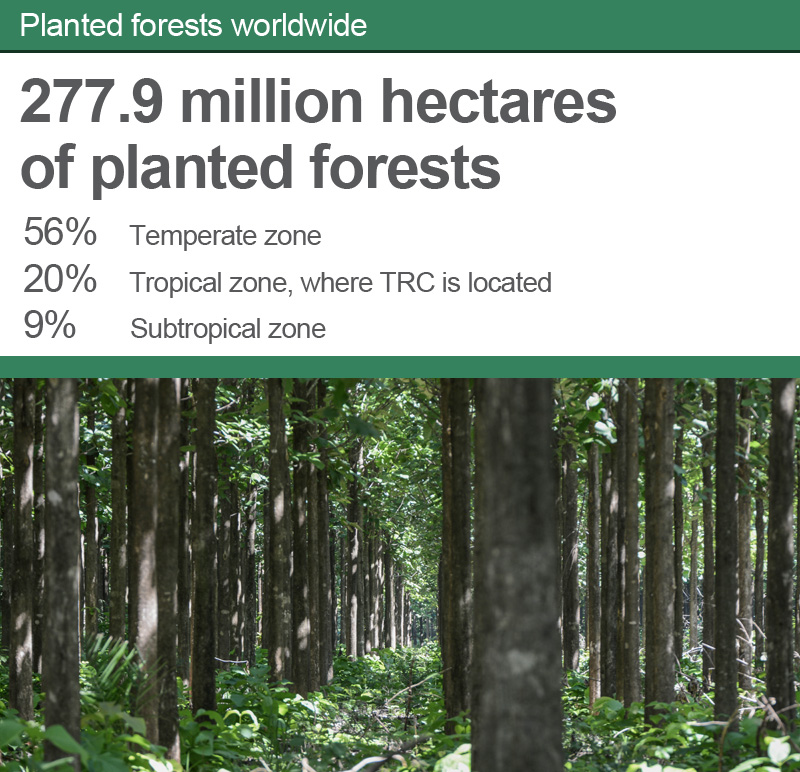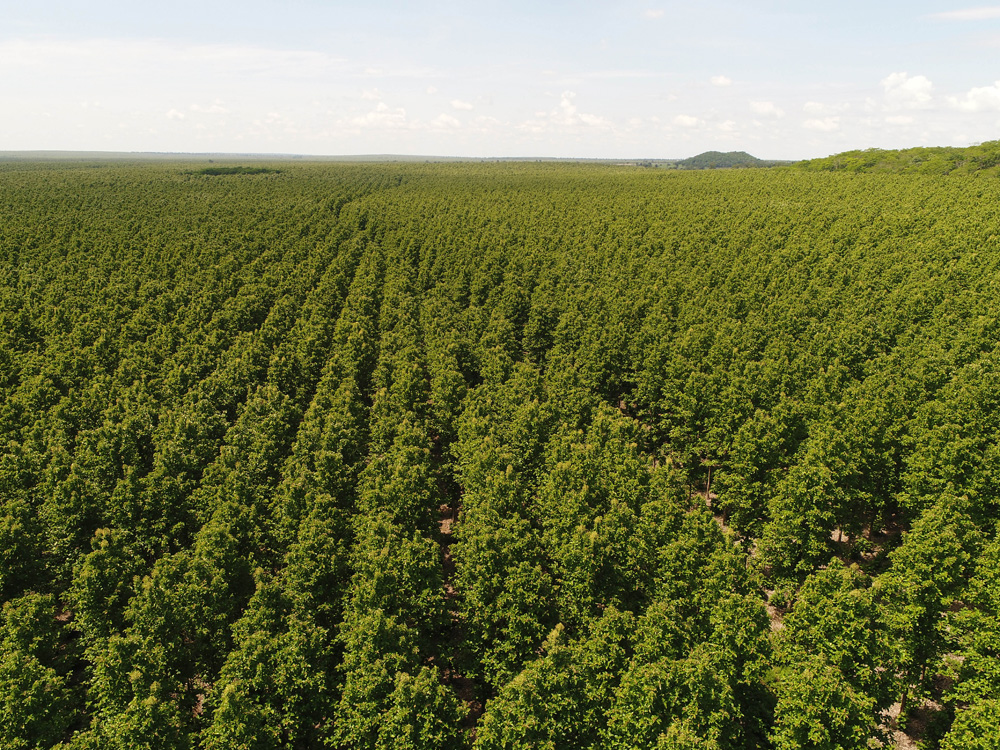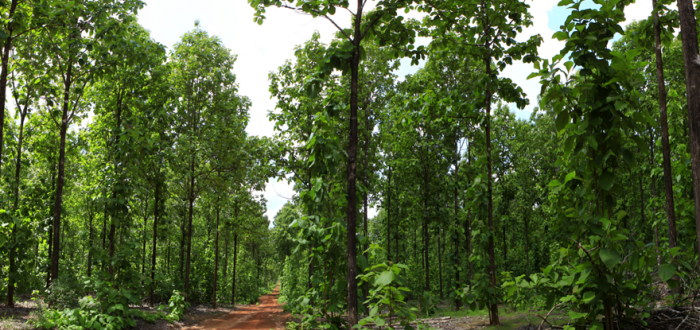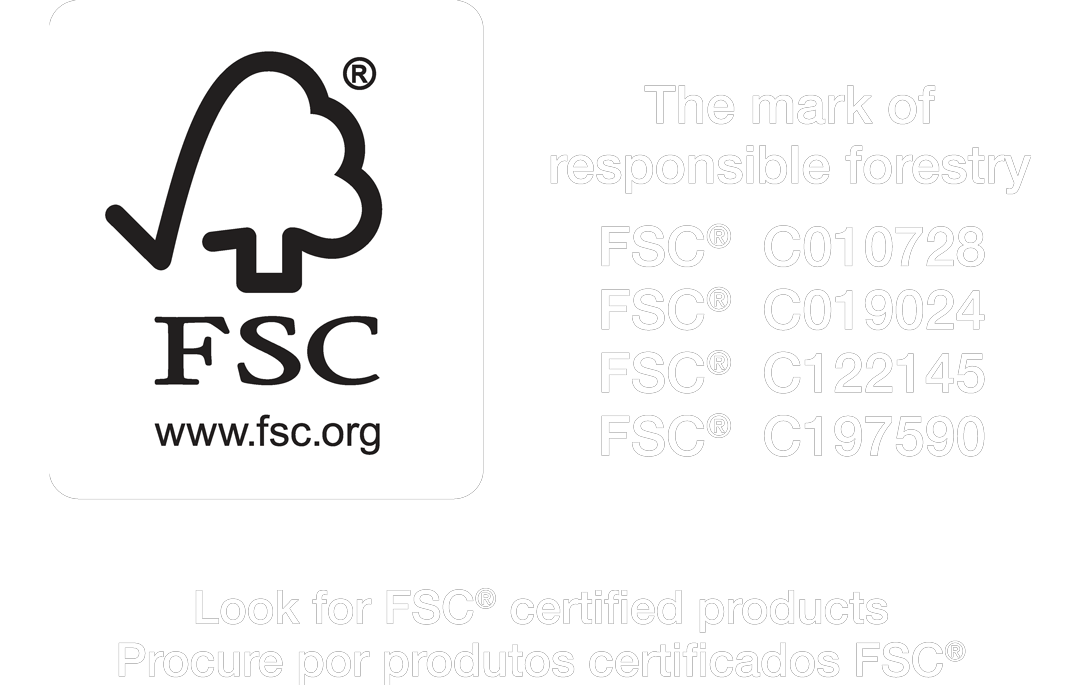Article shows the changes in forest area in last decade
The global area of planted forests increased by 2.89% between 1990 and 2015, going from 167.5 million hectares to 277.9 million, corresponding to 6.95% of the total forest area. The increase was faster in the temperate zone, and regionally in eastern Asia, followed by Europe, North America and South and Southeast Asia. The data are from an article published in the newspaper Elsevier.

Of the 277.9 million hectares of forests planted in 2015, 56% are temperate, 20% tropical, where TRC farms are, and 9% subtropical. All areas showed an increase in planted area, beginning with the temperate zone followed by tropical, boreal and subtropical zones.
Meanwhile, the annual rate of increase in planted forest area declined in 2010-2015 to 1.2%, below the 2.4% rate suggested to meet all fiber and timber needs in the world. But despite the slowing pace of growth, none of the top 20 forestry countries reported loss of planted area. Brazil even saw an increase of 2.8 million hectares, ranking seventh behind China, Canada, the United States, Russia, India and Sweden.
On the other hand, global forest cover decreased from 31.85% to 30.85%, equivalent to a loss of 290 million hectares. The article predicts that in the coming years, climate change will have a strong impact on forest health and the growth of planted forests will face difficulties in terms of land availability and population growth.

TRC works with a focus on the sustainable development of its teak plantations using highly efficient management and cultivation strategies to ensure our customers’ supply throughout the year. We believe that with the commitment of nations and organizations, climate problems can be reversed.


 Português do Brasil
Português do Brasil 中文
中文


